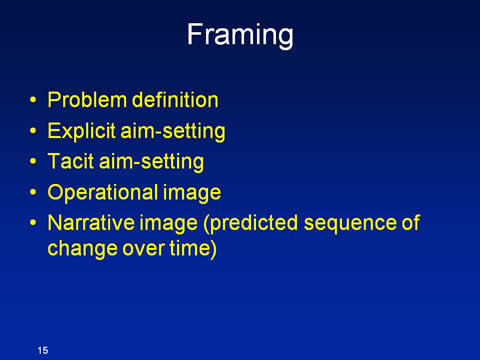
3.2 Mix of private and public enterprise.
Mix base movement and aim offset free#
3.1 Mix of free markets and state intervention.The contemporary capitalist welfare state has been described as a type of mixed economy in the sense of state interventionism, as opposed to a mixture of planning and markets, since economic planning was never a feature or key component of the welfare state. As an economic ideal, mixed economies are supported by people of various political persuasions, typically centre-left and centre-right such as Christian democrats or social democrats. In the post-war era, Western European social democracy became associated with this economic model. Ībout Western European economic models as championed by conservatives ( Christian democrats), liberals ( social liberals), and socialists ( social democrats - social democracy was a combination of socialism and liberal democracy at first ) as part of the post-war consensus, a mixed economy is a form of capitalism where most industries are privately owned, with only a small number of public utilities and essential services under public ownership, usually 15–20%. This contrasts with laissez-faire capitalism, where state activity is limited to maintaining order and security, providing public goods and services, and providing the legal framework for the protection of property rights and enforcement of contracts. In this framework, varying degrees of public utilities and essential services are provided by the government, with state activity often limited to providing public goods and universal civic requirements, including education, healthcare, physical infrastructure and management of public lands. The difference from a laissez-faire capitalist system is that markets are subject to varying degrees of regulatory control and governments wield indirect macroeconomic influence through fiscal and monetary policies with a view to counteracting capitalism's history of boom/bust cycles, unemployment and income disparities. The idea behind a mixed economy, as advocated by John Maynard Keynes and some others, was not to abandon capitalism, but to retain a predominance of private ownership and control of the means of production, with profit-seeking enterprise and the accumulation of capital as its fundamental driving force. This can extend to a Soviet-type planned economy that has been reformed to incorporate a greater role for markets in the allocation of factors of production.

Alternatively, a mixed economy can refer to a reformist transitionary phase to a socialist economy that allows a substantial role for private enterprise and contracting within a dominant economic framework of public ownership. Yet another definition is apolitical in nature, strictly referring to an economy containing a mixture of private enterprise with public enterprise. Another is that of active collaboration of capitalist and socialist visions. While there is no single definition of a mixed economy, one definition is about a mixture of markets with state interventionism, referring specifically to a capitalist market economy with strong regulatory oversight and extensive interventions into markets. Common to all mixed economies is a combination of free-market principles and principles of socialism.

A mixed economy is variously defined as an economic system blending elements of a market economy with elements of a planned economy, markets with state interventionism, or private enterprise with public enterprise.


 0 kommentar(er)
0 kommentar(er)
